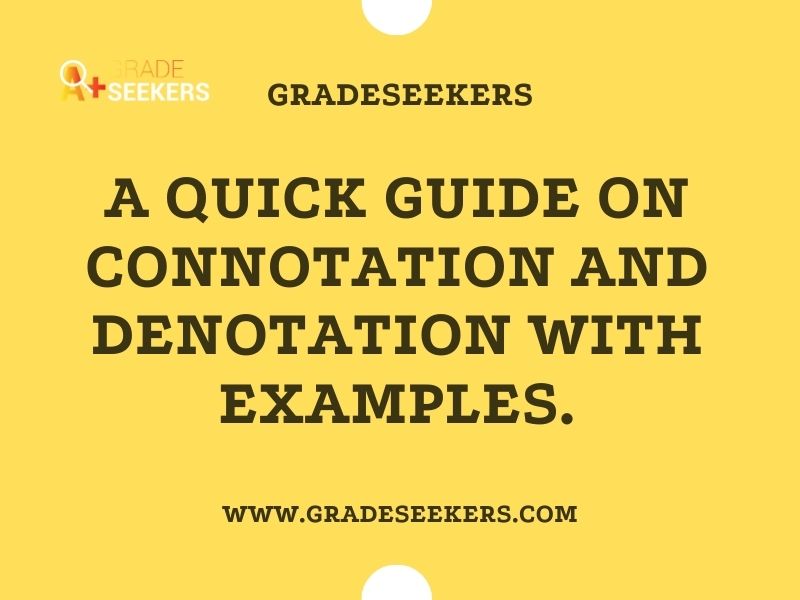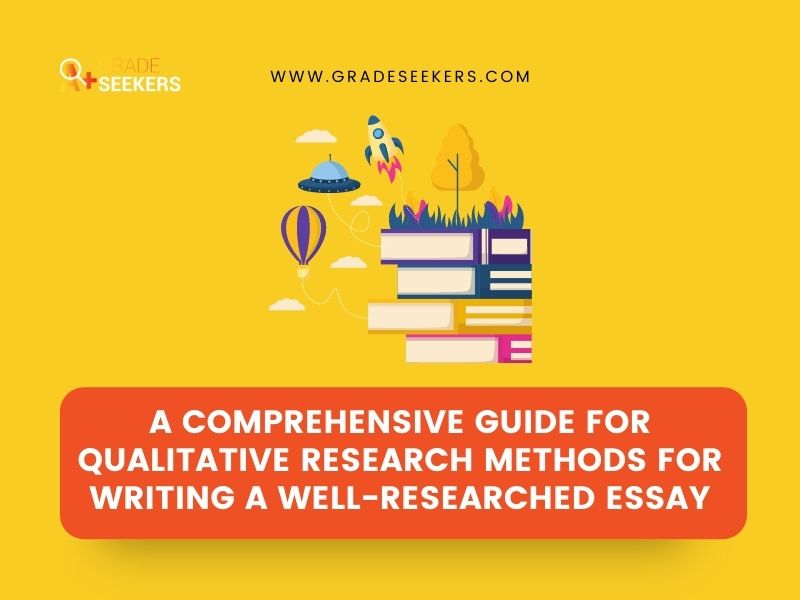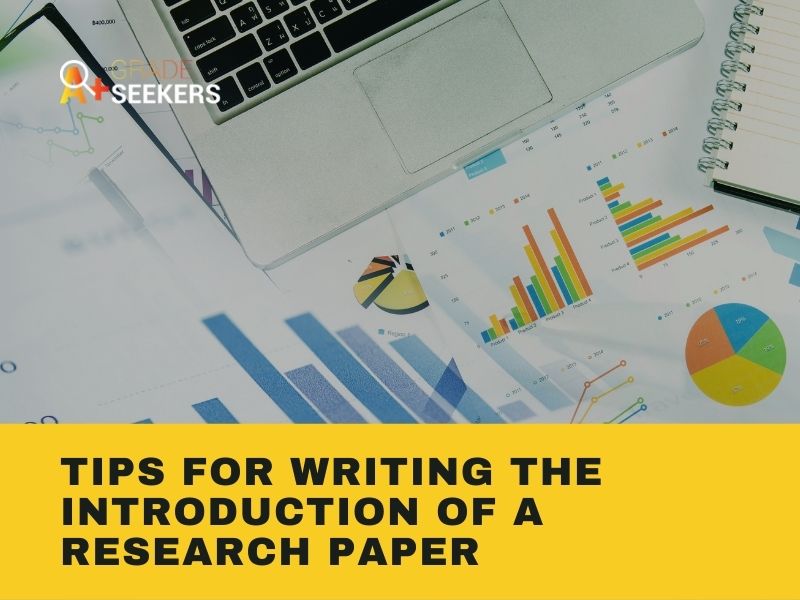Are you struggling to write your college assignment? Finding ways to master your college essay? Hire Our Expert Academic Writers. College essays play a pivotal role in admissions. It is a one-time opportunity to introduce yourself to the admission panel that must shortlist from thousands of applications each year.
A well-crafted and thoughtful essay indicating your thoughts about who you are and where you want to reach can go a long way. So, if you are struggling to write college essays then save the below-discussed tips to get admission to the desired college
Pick your desired topic:
Rather than going for the topic that college admission professionals want to read, go for something you are passionate about. Add your background, identity, talent, and certification that can add value to your application.
Make an outline
Organize your ideas into a clear and logical structure by creating an outline. This will help you grab the reader’s attention from the start, stay focused, and ensure that your essay flows smoothly from beginning to end.
Use Strong Examples
Use relevant and specific examples to support your arguments and illustrate your points by setting scenes and providing anecdotes. This will help make your essay more convincing and engaging for the reader.
Edit and proofread:
Once you have written a draft, take the time to edit and proofread your essay carefully. Consult a friend, family member, or any high school teacher to oversee your college essay before you submit it. Look for errors in grammar, punctuation, and spelling, as well as areas where you can improve clarity or concision.
End your essay with a good closure:
Be concise and coherent, and reflect your true self. Closure must leave a lasting impression on a reader. And remember, if you run into any speedbumps throughout the process, don’t be too shy to ask for assistance.
If you are unable to write an essay due to time constraints then our expert academic writers are at your disposal. Feel free to drop us your query. Good Luck.









